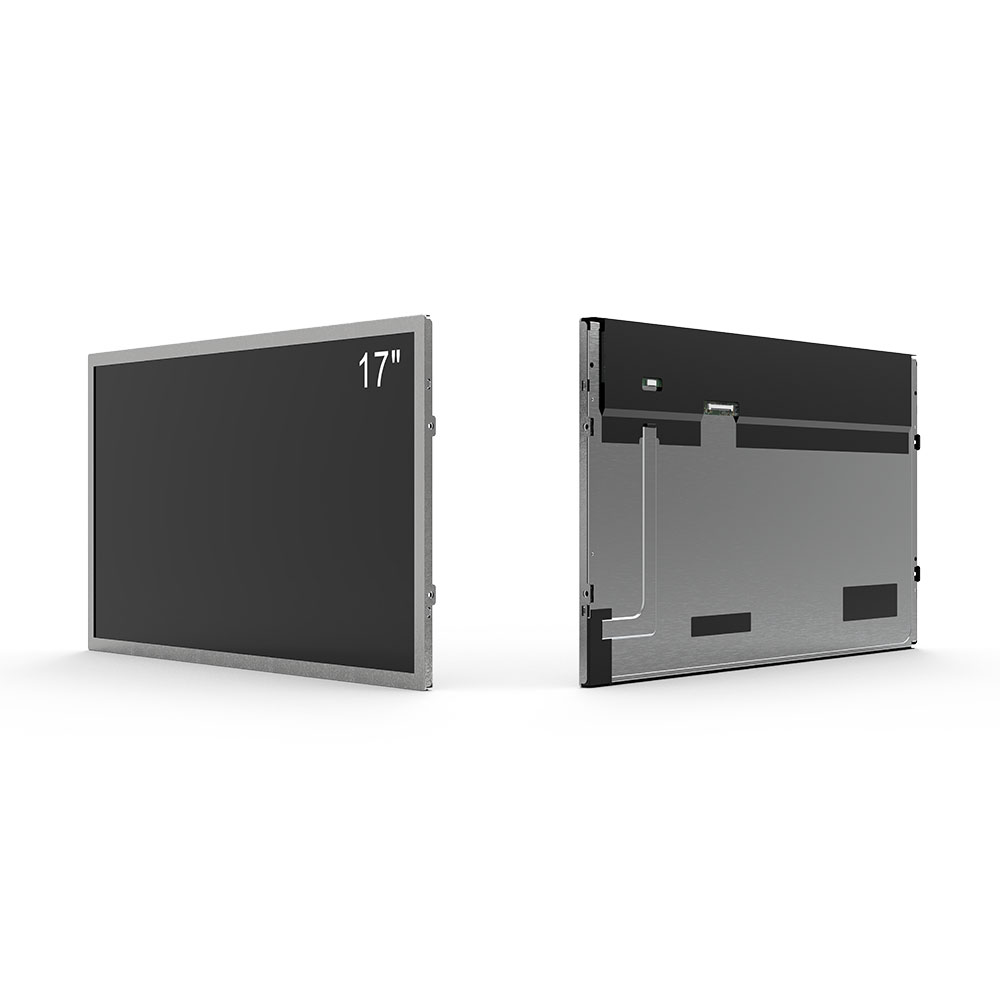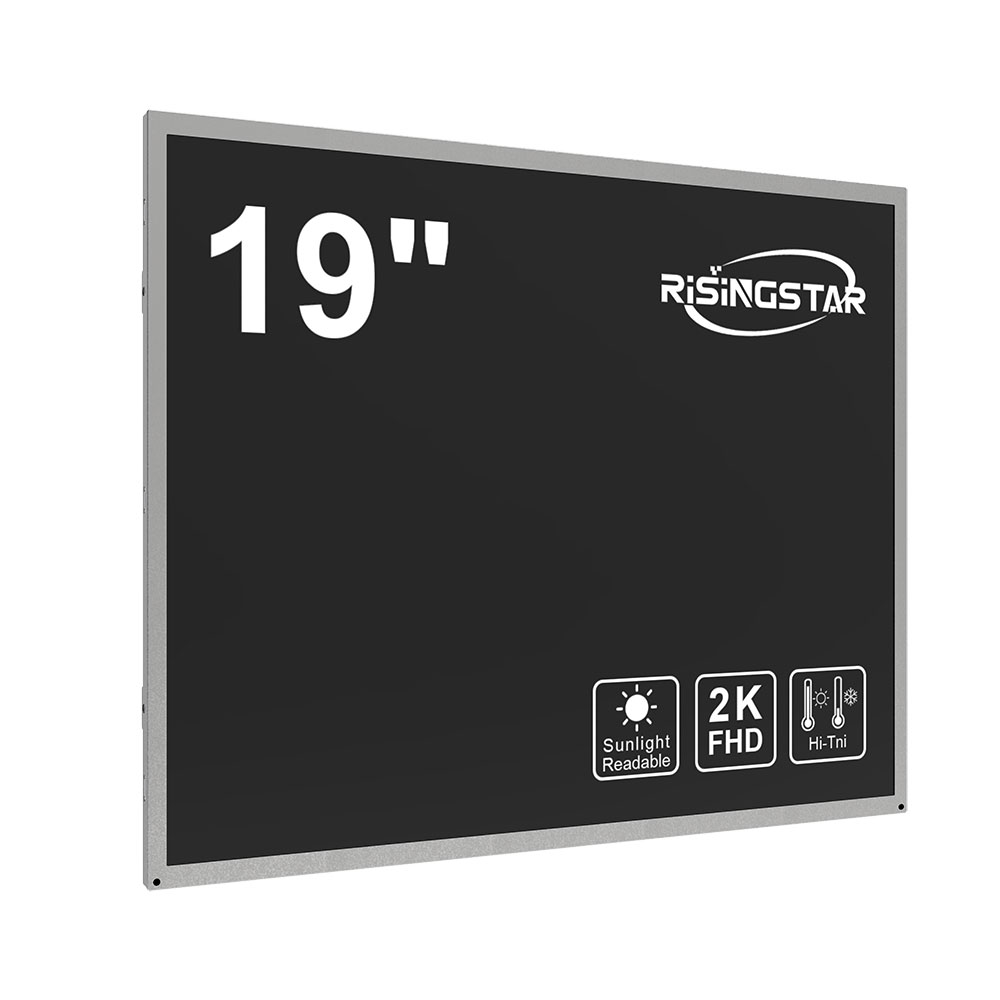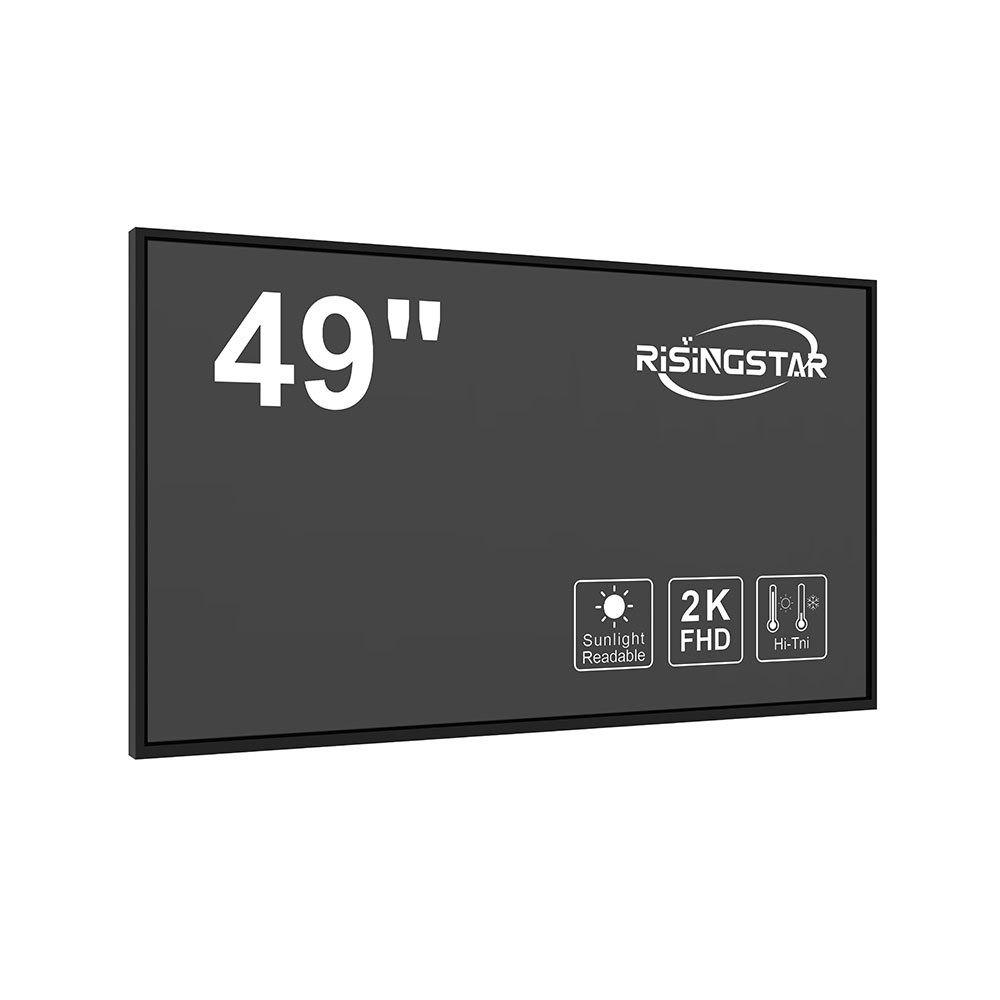- Home
- About Us
- Products
- News
- Video
- Contact
- Send Inquiry
Search
- Home
- About Us
- Products
- News
- Video
- Contact
- Send Inquiry

Outdoor LCD screens have become a critical component in modern digital signage, public information systems, and advertising infrastructure. Designed to operate reliably under extreme environmental conditions—ranging from direct sunlight to heavy rain and temperature swings—they are now essential tools for cities, retailers, transportation hubs, and event organizers.
One of the most prominent applications is in smart city initiatives, where outdoor LCDs display real-time traffic updates, weather alerts, and emergency notifications. In retail environments, such as shopping malls and gas stations, high-brightness outdoor displays (often exceeding 5,000 nits) attract attention even in broad daylight. For sports venues and concerts, durable, weather-resistant screens provide live feeds and sponsor messaging, enhancing audience engagement.

The advantages of outdoor LCD technology are well-documented. First, their high luminance output (typically 3,000–10,000 nits) ensures visibility in direct sunlight—a feature that standard indoor LCDs simply cannot match. Second, advanced IP65 or higher ingress protection ratings shield internal components from dust and water, making them suitable for long-term deployment in harsh climates. Third, integrated thermal management systems—including passive cooling and active fan control—prevent overheating during summer peaks, maintaining operational stability.
However, common problems persist. One major issue is image burn-in, especially when displaying static content like logos or menus for extended periods. To mitigate this, manufacturers recommend using pixel-shifting algorithms and dynamic content refresh rates. Another challenge is maintenance accessibility: since many installations occur in remote or elevated locations, modular designs and remote diagnostics are increasingly important for minimizing downtime.

Recent trends show a shift toward LED-backlit LCDs and hybrid OLED-LCD solutions that improve energy efficiency and color accuracy while reducing heat generation. Additionally, AI-powered content management systems (CMS) now enable dynamic, context-aware display updates based on time, location, and environmental data—such as adjusting brightness in response to ambient light changes. According to the 2024 Global Digital Signage Market Report by Statista, outdoor LCD adoption grew by 14% YoY, driven largely by demand from smart mobility and urban infrastructure projects.
For engineers and procurement teams, understanding these technical specifications, real-world performance metrics, and evolving best practices is key to selecting the right outdoor display solution. Whether deploying in Arctic regions or desert climates, choosing certified, ruggedized models compliant with IEC 60068-2 standards ensures long-term reliability and ROI.
